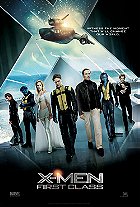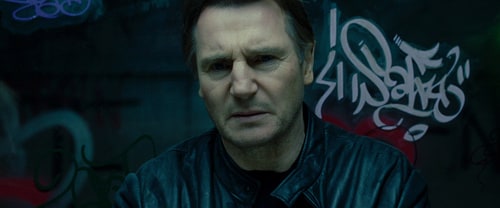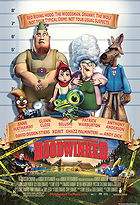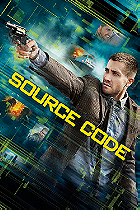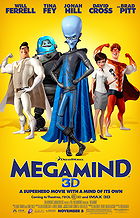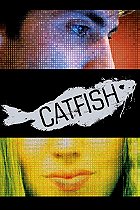Filmmakers Carlo Ledesma, Enzo Tedeschi & Julian Harvey clearly took heed of the philosophies and techniques of renowned scare-meister Alfred Hitchcock for 2011's The Tunnel, namely his mantra that less is more: it is not always what you see that scares you, but what you imagine. A low-budget horror pic filmed in 14 days and made for peanuts, The Tunnel is an Australian member of the notorious "found footage" genre. While it does not offer anything overly new or novel in terms of narrative (in fact the story closely resembles the 2001 film Mole), it does offer an inherently eerie location, a bunch of strong performances from the little-known cast members, and plenty of atmospheric thrills & chills. It is essentially The Descent mixed with The Blair Witch Project and [Rec].
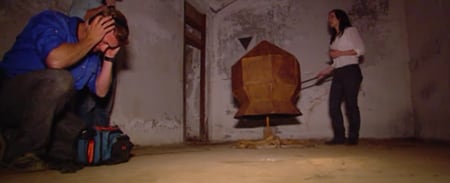
The Tunnel is the story of an investigative news team: reporter Natasha (Deliá), cameraman Steve (Davis), producer Pete (Rodoreda) and soundman Tangles (Arnold). In 2007, in order to deal with Sydney's ongoing water shortage problem, government officials planned to use the vast collection of abandoned railway tunnels below the city to build a water recycling facility, though the plan was controversial because it would disrupt the homeless population residing down there. However, the closely-guarded project is quietly abandoned by the Australia government, prompting Natasha to aggressively seek more information. Making the story more tantalising is the fact that reports begin to surface of homeless people disappearing, and that the government refuses to recognise this - they even refuse to admit that homeless people live down there in the first place. Even though Natasha is unable to obtain a filming permit, she drags along her loyal team to explore the pitch-black tunnel systems. Unfortunately, it isn't long before they get lost and discover that something is living down there which may or may not be human, and seems to have a taste for human flesh.
Interestingly, The Tunnel is played as a straight-up documentary like an episode of I Shouldn't Be Alive, with the footage taken underground being interspersed with survivor interviews filmed after-the-fact. It's an altogether unique and less frustrating take on the found footage concept which for the most part worked seamlessly for this reviewer. The fact that The Tunnel was designed to seem like a slickly-produced television documentary is bolstered by the meticulously researched introduction, wherein Natasha talks about the in-depth investigation she undertook prior to heading into the tunnels. The attention to detail is astonishing as the history of the tunnels is discussed (bear in mind these tunnels actually exist and filming took place in them); deftly weaving truth, fiction and speculation into an altogether engaging horror/thriller tapestry. There is enough factual detail within the film to keep you on the fence regarding the material's veracity.

Most contemporary horror/thriller pictures are more concerned with getting into the nitty-gritty as quickly as possible; brushing off character development as an unnecessary hindrance. Smartly, a solid portion of The Tunnel is dedicated to the build-up, with the makers providing an appreciable dose of worthwhile character development before the news crew head underground. Not to mention, the post-event interview footage allows for a more complete picture of the main players. And things rapidly escalate once the film heads into the tunnels, with plenty of nail-biting tension and an unshakable sense of dread. The true star of the picture is the tunnels themselves, which are dark, grimy, eerie, and filled with graffiti. The atmosphere is accentuated by the ambiance that's generated by the creepy surroundings, and said ambience is only interrupted by the occasional piece of interview footage or effectively moody music. Given the lack of budget, director Carlo Ledesma and his writers focused predominantly on lighting and atmospherics, and were up to the task. Thankfully, the stalker is never fully glimpsed - it is only seen in blurry, under-lit footage, and each fleeting sighting is petrifying under these conditions.
As effective as the filmmaking is, the picture does have its faults in the scripting department - it is stupid at times. For instance, in one scene the stalker picks up a video camera and plays with it, and even knows how to zoom. Huh? And towards the end, Natasha gets a mobile phone from a bystander to call emergency services, but does not ask the surrounding people which train station they're in! The crew also fall for a number of classic horror movie eye-rollers: they never look for weapons, there are a few instances of poor planning, and Natasha screams and acts hysterical when she should be quiet. Christ, is it too much to ask for a level-headed female protagonist who doesn't scream her head off at the first sign of danger? Despite all of this, though, the main characters are not complete idiots, and most of their decisions feel like the logical actions of a terrified, trapped group of explorers faced with horrifying unforseen events. Heck, they even decide to stick together when the shit hits the fan, which is astonishing. The performances are also excellent, with the actors seeming very natural in both the "documentary" footage and interviews. Steve Davis as the cameraman is a particular standout.

There is a fascinating story behind the creation and release of The Tunnel. Writer-producers Enzo Tedeschi and Julian Harvey raised the film's budget by selling individual digital frames of the film for $1 apiece. To make things even more unusual, the film was released online and could be legally downloaded online on top of being available in stores on DVD. It's interesting that the makers chose such an unconventional release method, since The Tunnel is a high quality horror offering which deserved a fully-fledged theatrical run. While the story breaks no new ground and while the script is not exactly airtight (not to mention this is a picture you admire more than you conventionally enjoy), the film was managed so creatively that it makes for an engaging, scary viewing exercise in horror.
7.1/10
 Login
Login
 Home
Home 183 Lists
183 Lists 1670 Reviews
1670 Reviews Collections
Collections
 0 comments,
0 comments, 